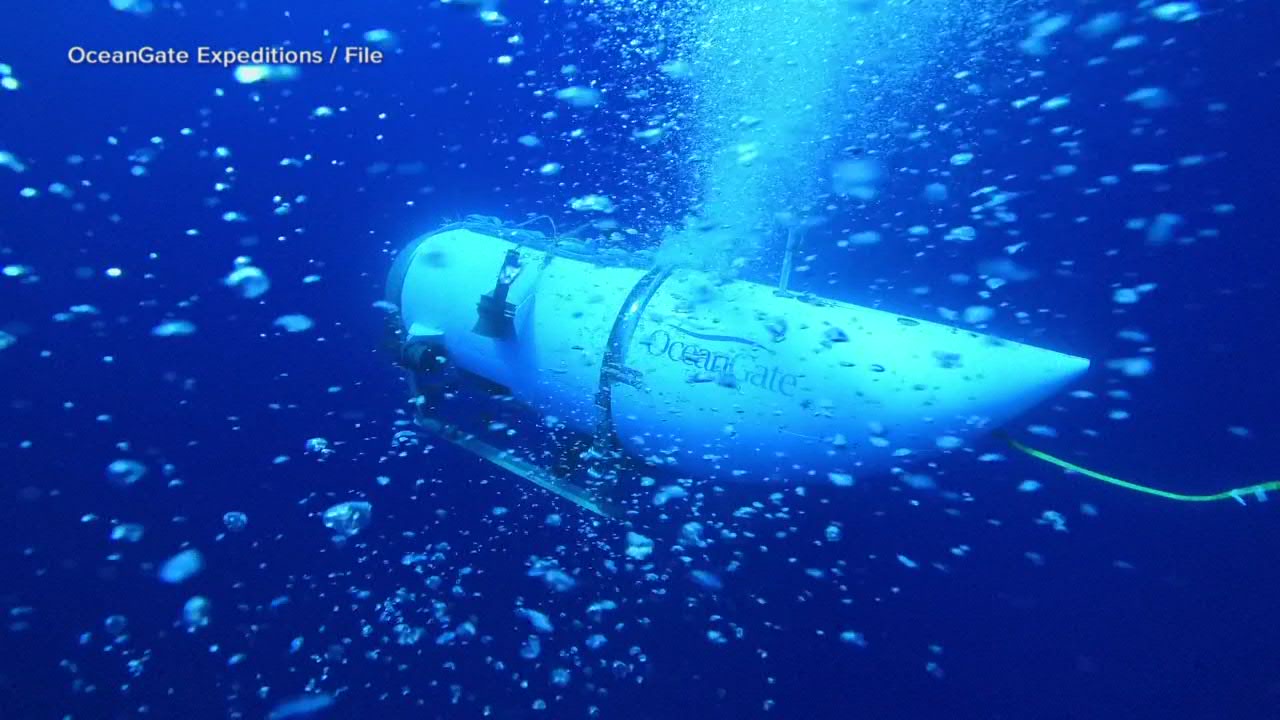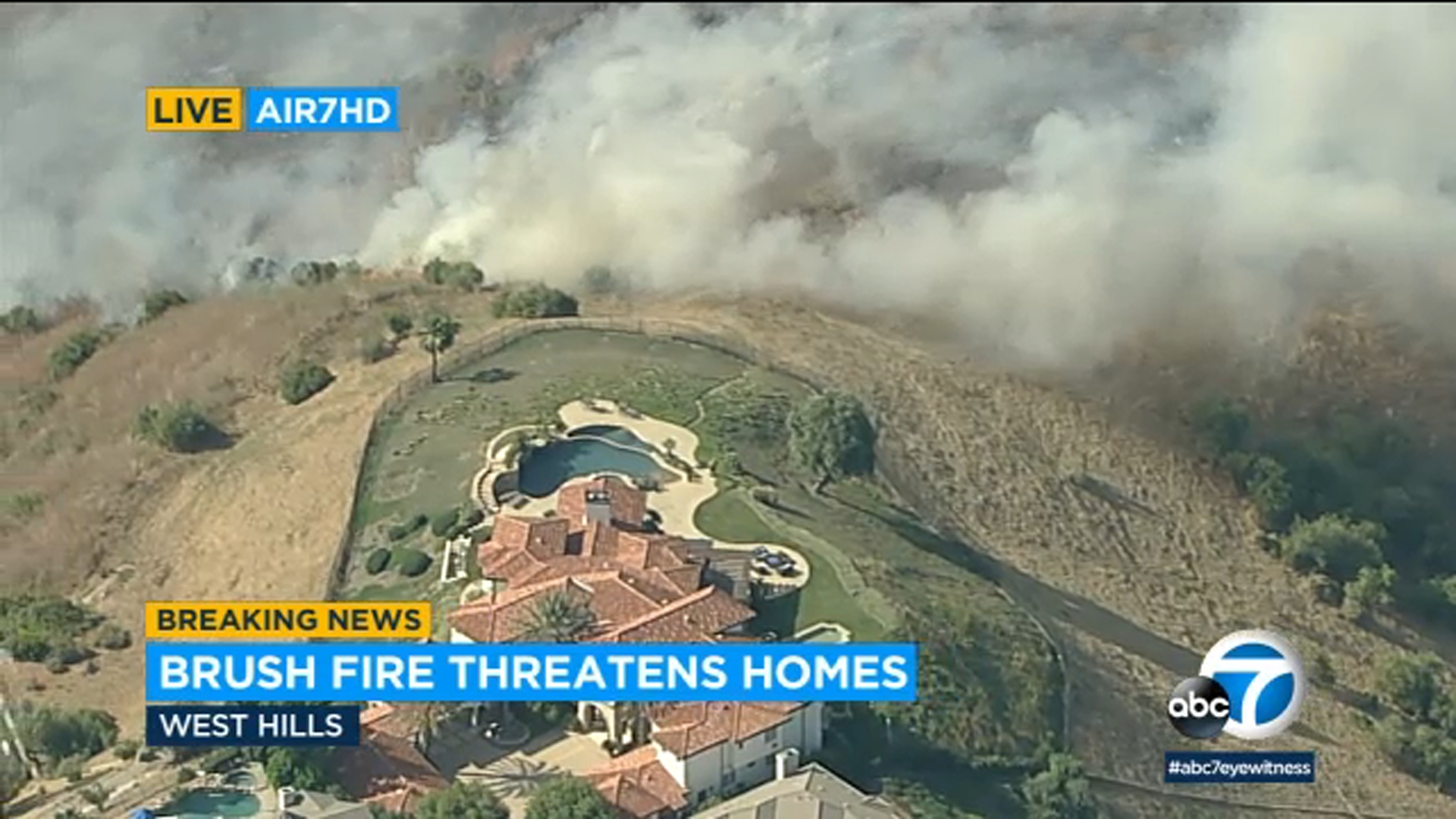VENTURA COUNTY, Calif. (KABC) -- Hundreds of sea lions and dolphins are dying along the California coast and experts believe it's due to high concentrations of toxic algae.
While algae blooms aren't rare, they say this time, it's particularly concerning.
This comes after a sea lion recently washed up on shore in Malibu.
"It was just bobbing its head, not normal behavior than usual," said Malibu resident Maurice Henao. "We see it out in the water, having fun, doing what sea lions do."
Sadly, it's been an alarming trend the last couple of weeks, especially along the coast of Ventura and Santa Barbara counties where about 100 dolphins have been impacted.
"The sea lions appear to be seizuring on the beach and most of the dolphins are showing up dead," said Michelle Kowalewski, the executive director of the Channel Islands Cetacean Research Unit (CICRU), a nonprofit that works to assess any manmade or natural detriments to whales, dolphins, and porpoises (cetaceans) in and around the Santa Barbara Channel.
Kowalewski said it's likely due to a domoic acid toxin that's produced by an algae.
"That algae gets eaten by anchovies and then the dolphins and the sea lions eat the anchovies and get sick from the toxin," said Kowalewski. "It affects their brain and then they die."
The blooms are nothing new, but what's shocking this time is the intensity.
"We're getting about 10 dolphins a day, and even at the peak of very strong blooms that we've seen in the past, it's usually been about three or four dolphins a day, so we've never seen anything like this," said Kowalewski.
Wildlife rescue organizations have reportedly been overwhelmed with calls that it's getting hard for them to keep up.
They're hoping the peak is behind them.
"Usually, we see about two weeks of peak intensity and then we'll see, kind of, some animals keep washing ashore for another two weeks, but again, this year is not typical so I don't know for sure," explained Kowalewski.
In the meantime, people are urged to stay away if they see an animal in distress.






